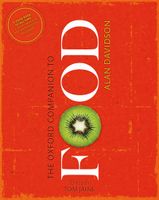Advertisement
Bath Chap
Published 2014
The word ‘chap’ is simply a variant on ‘chop’, which in the 16th century meant the jaws and cheeks of an animal. These are probably what Mrs raffald (1782) intended when she gave a recipe ‘To salt chops’ with salt, saltpetre, bay salt, and brown sugar. This called for the meat to be dried afterwards; it would probably be expected to keep for several months. Law’s Grocer’s Manual (c.1895) notes that both the upper and lower jaws were used, the lower one which was meatier and contained the tongue selling at about twice the price of the upper.


